By Christopher Miskimon
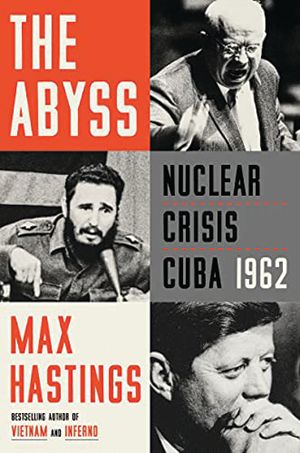
The Cuban Missile Crisis is the closest humanity has come to nuclear war, despite the fact neither side wanted it to happen. When the United States discovered the Soviets had placed nuclear weapons on the island of Cuba, able to threaten most of the eastern coast, it was an intolerable situation. The ensuing blockade, named a quarantine to make it less an act of war against Cuba, created tense situations which brought the US and Soviet Union to the brink of open conflict. Plans were drawn up for an invasion of Cuba, despite the presence of 43,000 Soviet troops. When the Soviets agreed to remove their missiles and bombers from Cuba, the blockade was lifted, and the tensions slowly eased. The episode had long-lasting ramifications for both nations, however, lasting until the dissolution of the Soviet Union three decades later.
A political, military and social history of the Cuban Missile Crisis by an acknowledged authority on the subject, the book is broader in scope than many previous histories of this topic, as the author ties in the parts played by other events and personalities not usually considered.
The Abyss: Nuclear Crisis Cuba 1962 (Max Hastings, Harper Collins Publishing, New York NY, 2022, 544 pp., maps, photographs, notes, bibliography, index, $35, hardcover)
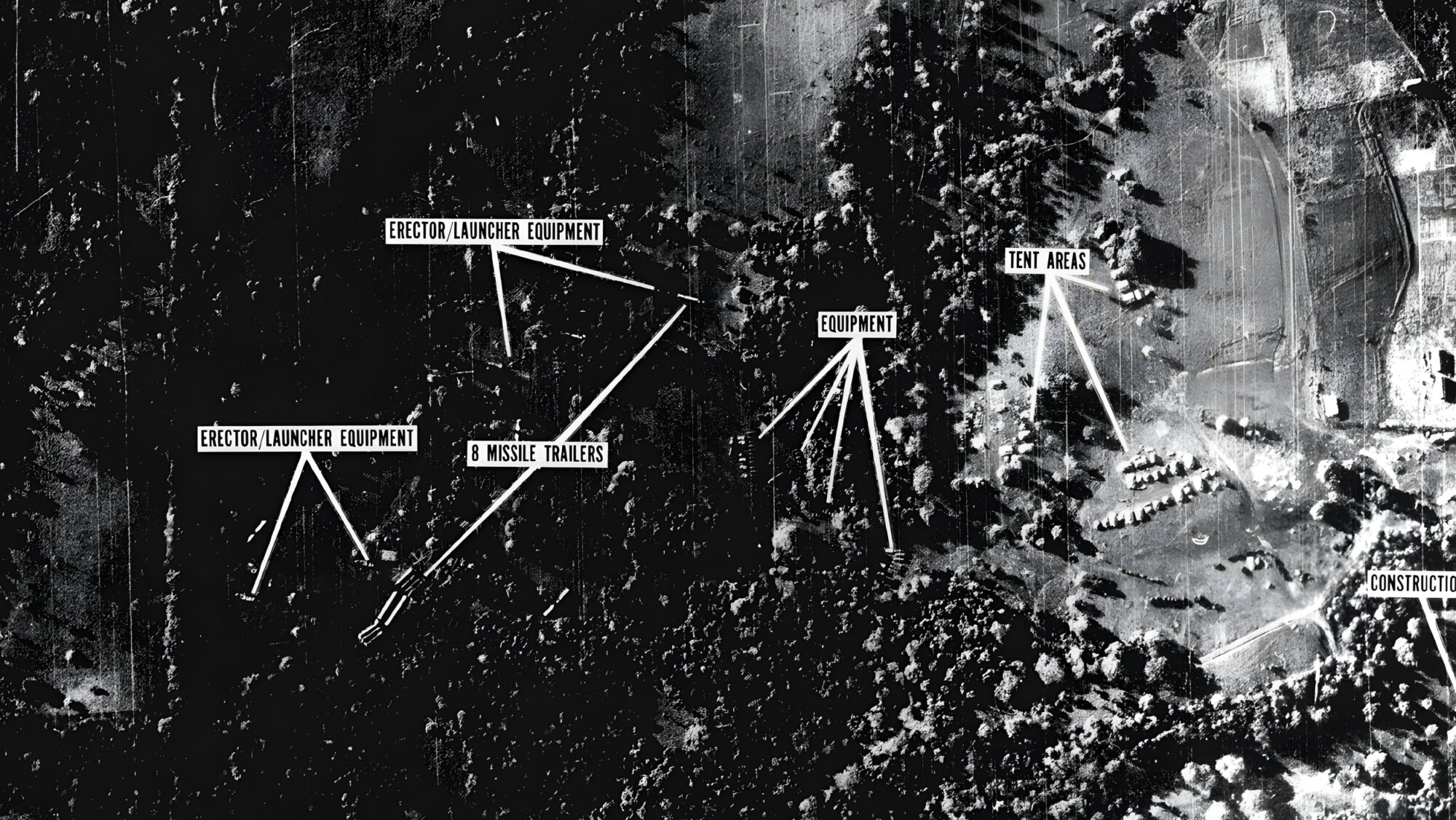
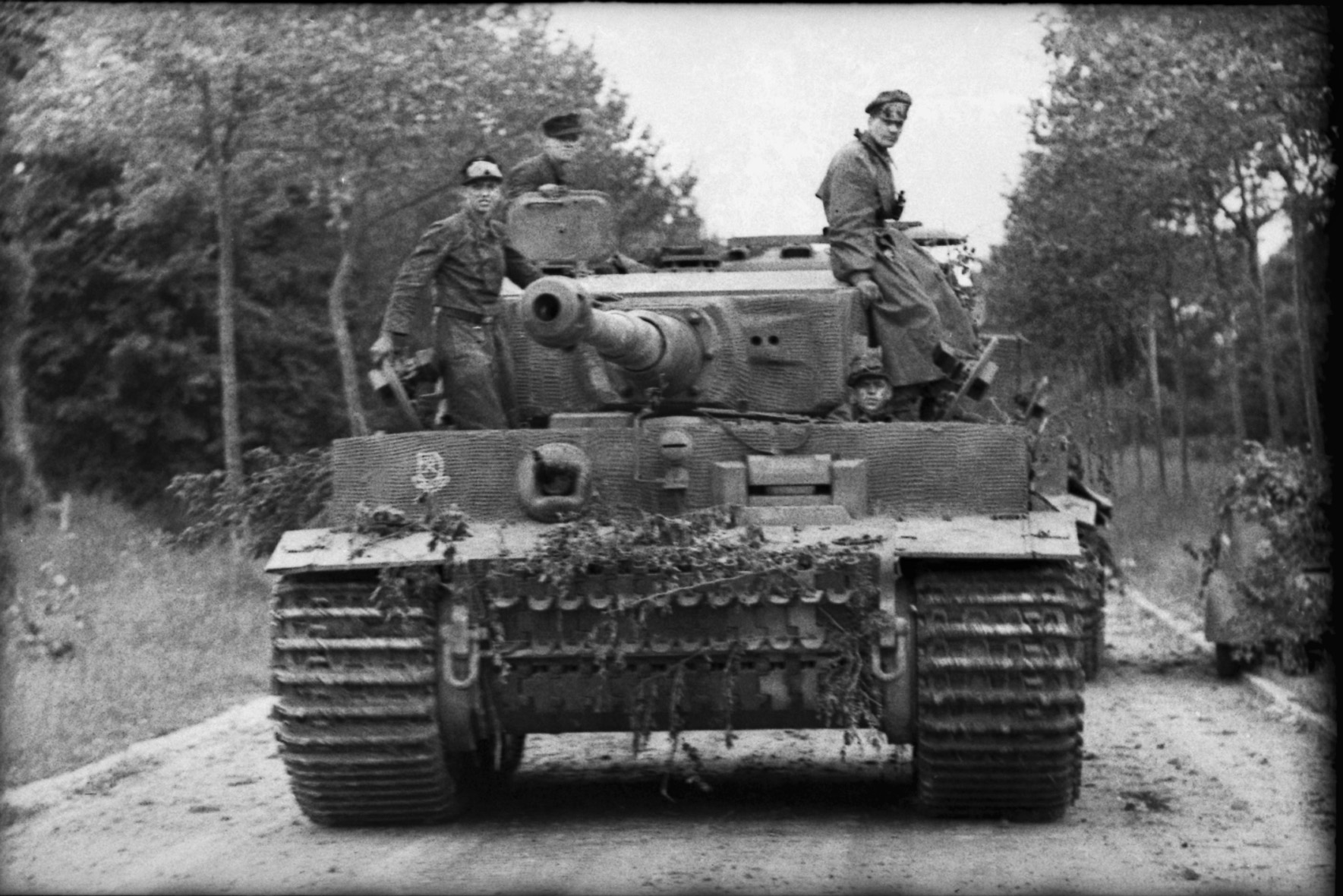
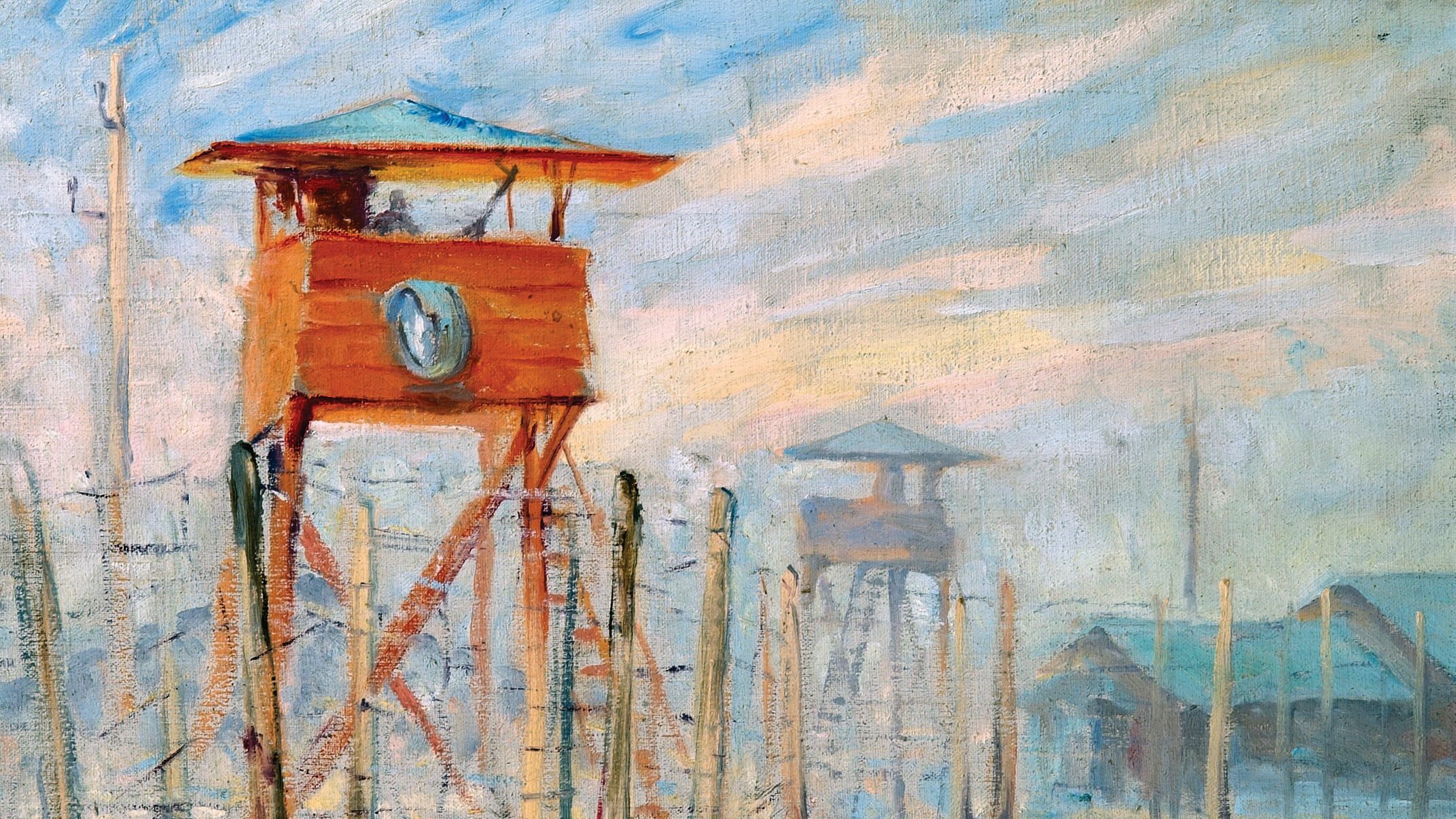
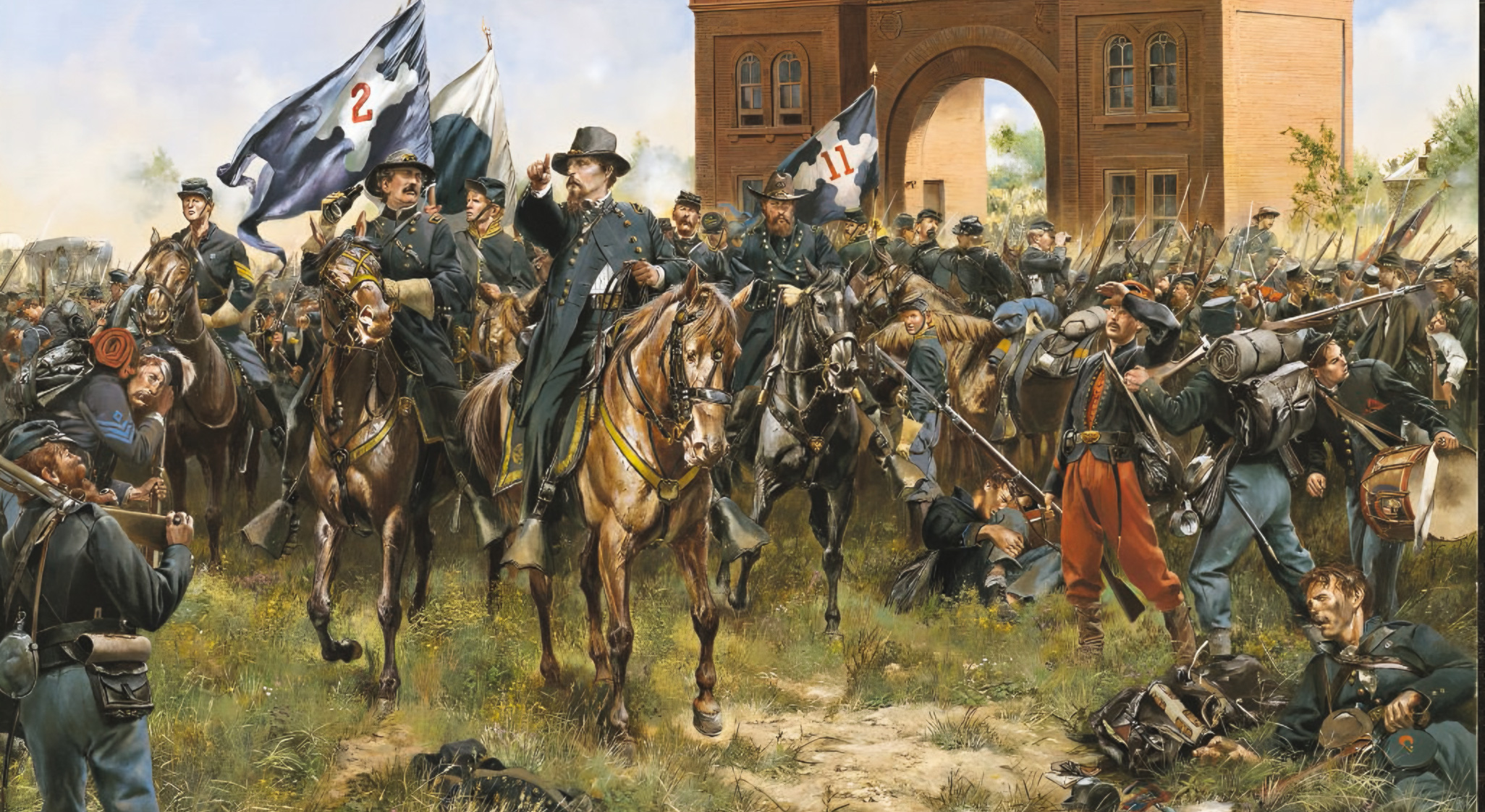
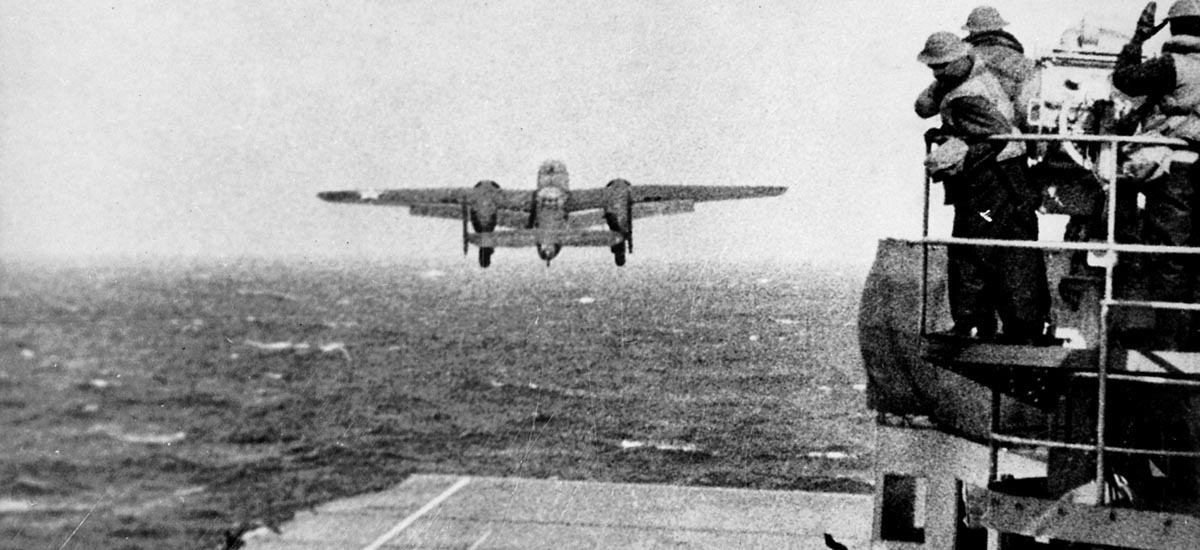
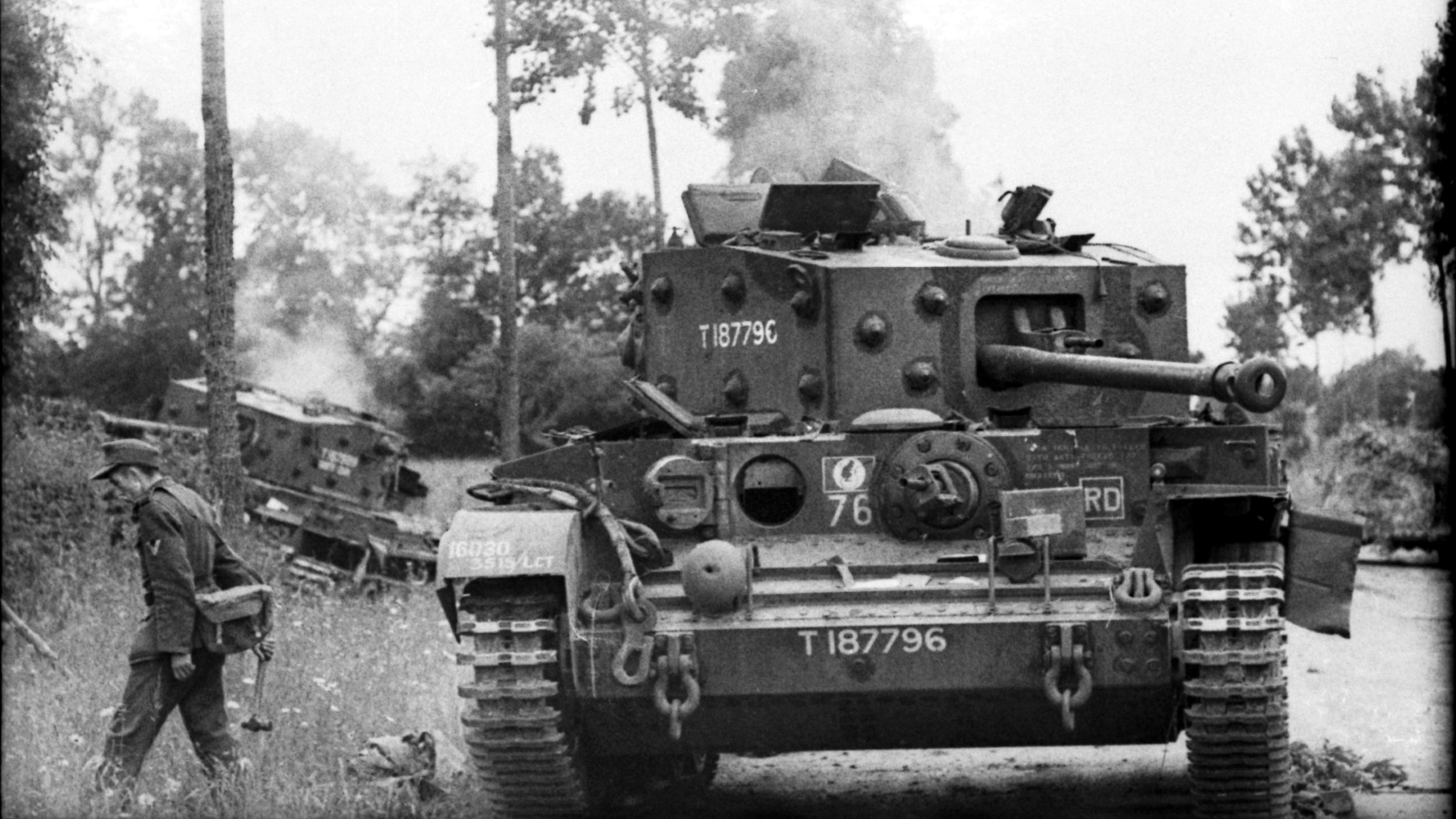
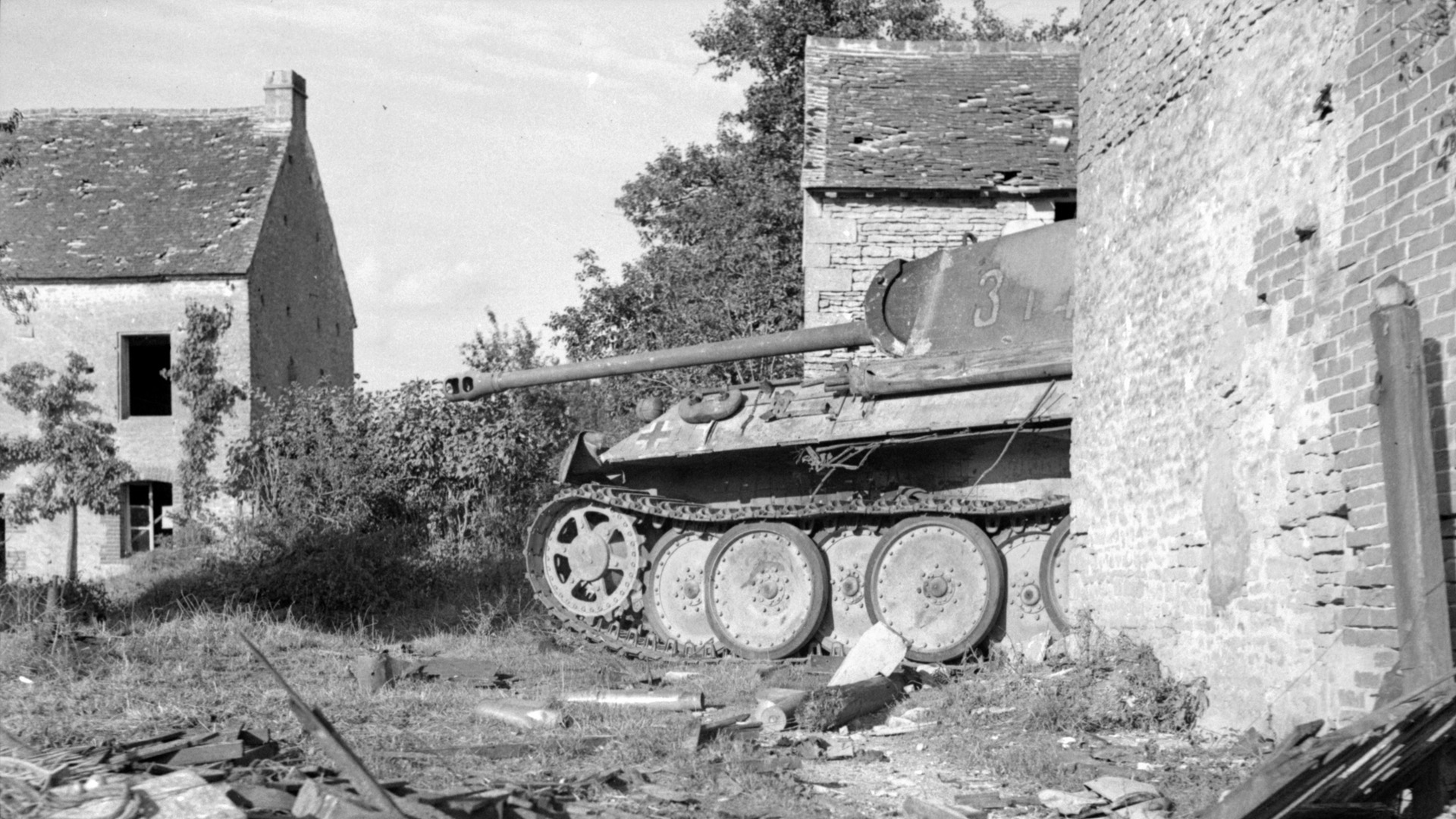
Join The Conversation
Comments